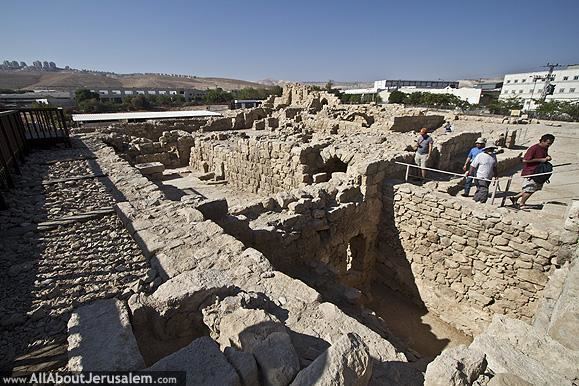 | ||
The Laura of Euthymius was a laura in the present-day West Bank founded by Saint Euthymius the Great in 420.
The lavra, a cluster of cells for hermits around a church, was located in Adummim on the road from Jericho to Jerusalem and was based on the layout of the Pharan lavra, with small cells. Its church was dedicated by Juvenal, Bishop of Jerusalem on 7 May 428. Following the death of Euthymius on 20 January 473 the church was converted to a refectory and a new church and ceonobium were built above it. The ceonobium was the area that novitiate monks would receive training prior to admittance to a lavra of the Saba tradition. The new church was consecrated by Martyrius, Patriarch of Jerusalem, in 482 and the site thereafter became known as the Monastery of St. Euthymius.
The site was abandoned in the 12th century. In the 13th century, it was converted into a travellers' inn, Khan al-Ahmar, a caravanserai for pilgrims on the route between Jerusalem and Mecca via Nabi Musa. The site is east of Mishor Adumim, the industrial zone of Ma'ale Adumim, and is accessible to visit.
The Laura at Euthymius was essential in the advancement and organisation of the sabaite (desert monastic) movement, and was central to the development of the non-Chalcedonian orthodoxy and miaphysism within Palestinian monasticism and Oriental Orthodoxy of the Eastern Orthodox Church.
